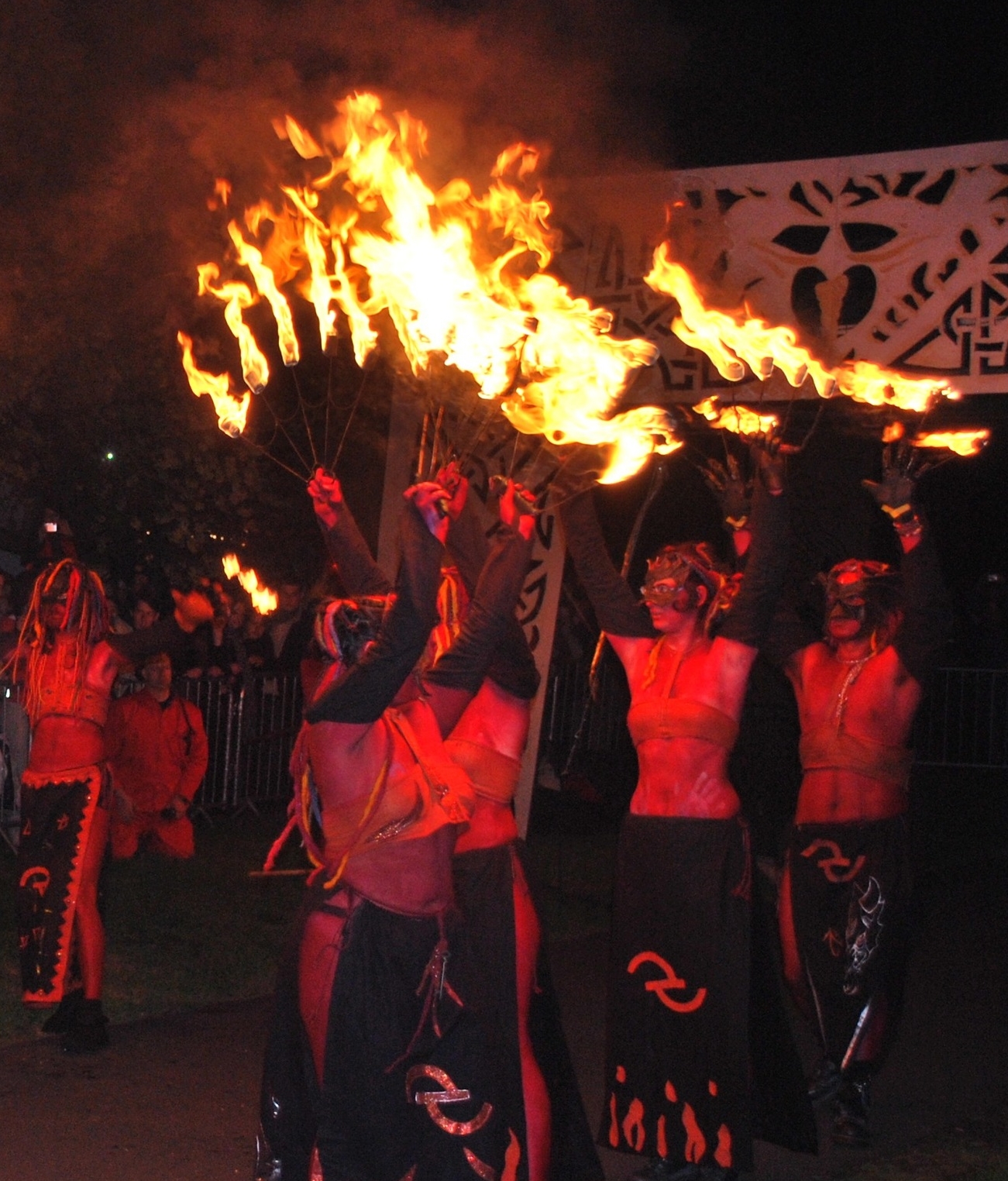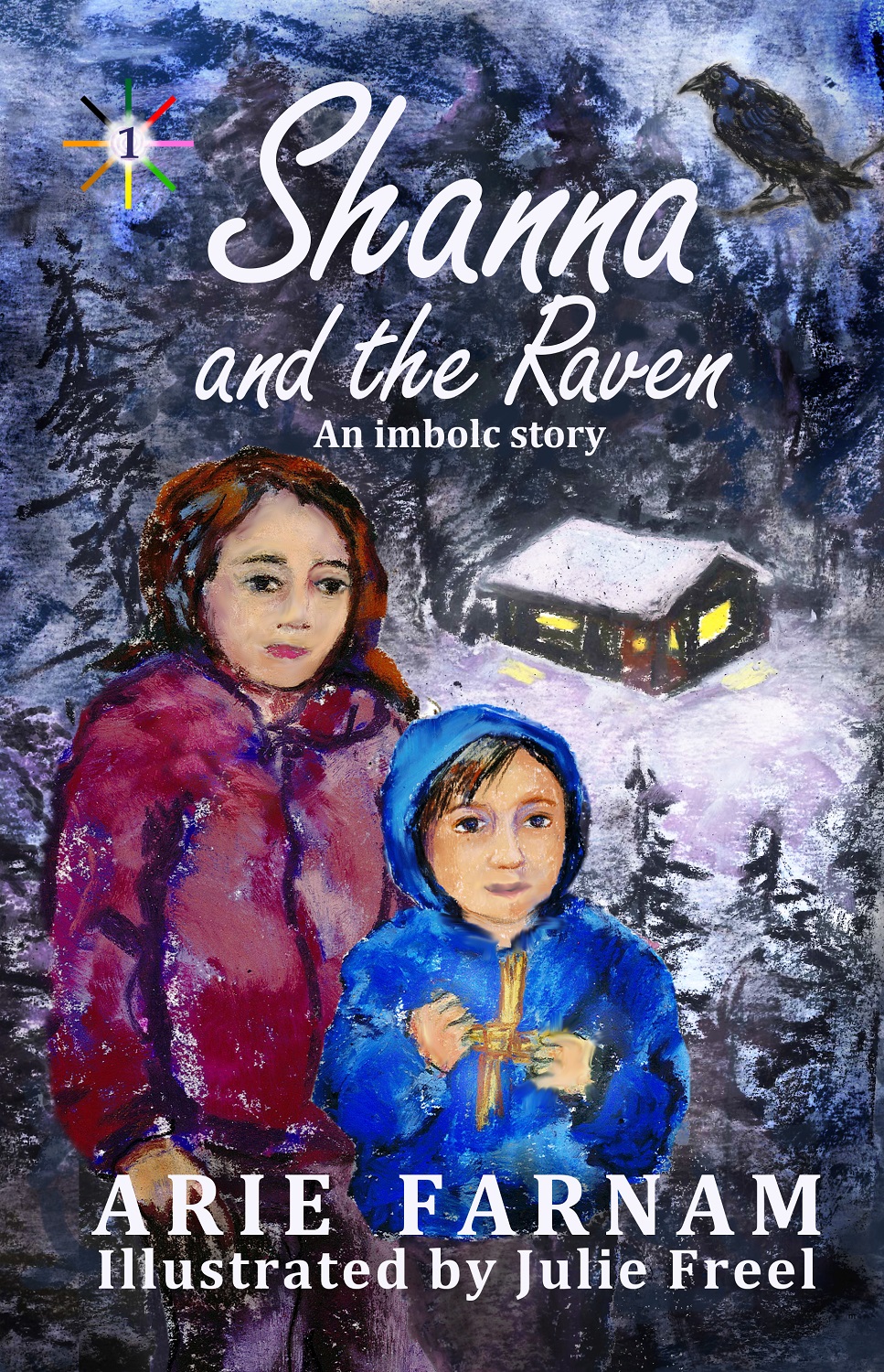The Middle Eastern Goddesses of the Grain Moon - International Moon Circle 2
/As the moon changes and moves, I shift my focus to another part of the world.
I have chosen to celebrate Mesopotamian and Middle Eastern goddesses during this moon. I have found their stories to be deep and rich. They are often hidden within the consciousness of western culture today. The Maiden for this moon is Ishtar (also associated with eternal Astarte), the Mother is Nikkal, and the Dark Goddess is Tiamat.
The New and Waxing Moon
Creative Commons image by Carole Raddato
Ishtar’s primary symbol is the eight-pointed star. She does get married at one point, but she is often considered a maiden goddess because her attributes are battle and sex. She is independent and liberated. Hers is a classic quest story in which she must venture to the underworld through many obstacles to bring her husband back to life. (Laguna 2014)
Why she wants him so much when she is so fiercely independent is a mystery, although knowing Ishtar, I’m betting the sex was very good. But more seriously perhaps she has an aspect of the passionate sort of love that goes beyond self-interest, reason and caution.
We connect with Ishtar by freeing the sensual energy of our bodies and discarding external trappings. A women’s ritual might include discarding clothing. Ishtar had to leave a piece of her clothing at each gate as she descended to the Underworld, but this was also an act of sacrifice, because in the end she arrived naked before her judges and was sentenced to death.
It is worth thinking about what we must sacrifice for those things we want dearly. We know we face ultimate judgment of success or failure in our life’s journey naked. None of the trappings of success on earth matter in the final reckoning.
The Full Moon
Nikkal hails from the land that is now Syria. I am fascinated by the hymn to her that is supposed to be the oldest written song. She is a goddess of fruit and orchards and she is married to the moon god. (Lurker 1987) The song, which is only part of a larger myth, is about Nikkal’s marriage and her father’s initial concerns about it. The original story is quite erotic in parts, mentioning the god’s desire to plow the earth of her love and her explicit desire for him. (Gibson 2004)
Later in this myth, she becomes a mother and is the goddess of fruitfulness, but we are also reminded that she is sensual herself. The Grain Moon embodies the ripening of fruit—both physically and in symbolic terms. Projects are being completed and things come to fruition..
It would be nice to offer Nikkal a basket of fruit on the full grain moon. Spend some time in an orchard, listen to or learn to sing the ancient hymn to Nikkal. Play music. Ask for Nikkal’s blessing on the land, on the community, on those who are hungry in the world and on your own endeavors and goals.
Nikkal is a goddess of charity and aid to those in need. It would be fiting to make some specific commitment to help people in need of food or shelter in some small or large way, either as an activist or with material aid. This is one of the themes of Lammas/Lughnasadh, the fire feast at the beginning of this month, so it is a common practice for many Pagans. As refugees fleeing the tyranny of ISIS continue to flee into the area where I live from Syria, the ancient land of Nikkal, this message has added power.
The Waning and Dark Moon
Creative Commons image by John W. Schulze
The Babylonian creation myth tells of the defeat and dismemberment of Tiamat, the Great Mother, by the new gods of patriarchal culture. One of the key concepts imposed by this patriarchal culture was the idea of the Creator God as a separate entity preceding creation.
Even though technically the primary Creator God in the story was Tiamat’s son, the patriarchal narrative twists this around backwards, so that he creates her—as an embodiment of all creation. Thus the Middle Eastern philosophy was born in which one of the greatest acts of the patriarchal God was the subduing of the Great Mother and thus the separation of God from her. (Reid-Bowen 2007)
For our modern context, Tiamat is a Goddess of re-connection to nature, a Goddess who is the world rather than merely making the world. Tiamat is the repressed goddess made dark by patriarchy. Her symbols may be the primordial universe and clay goddess figures in the style of the ancients. One way to honor her is to connect with our bodies and the natural world as divine in their very matter.
Bibliography:
Gibson, J. C. L. (2004). Canaanite Myths and Legends. New York, NY: T&T Clark International.
Laguna, R. (2014). Ishtar. In Greenfield, T. (Ed.), Naming the Goddess (pp. 214 - 216). Washington, DC: Moon Books.
Lurker, M. (1987). A Dictionary of Gods, Goddesses, Devils and Demons. New York, NY: Routledge and Kegan Paul Ltd.
Reid-Bowen, P. (2007). Goddess As Nature. Burlington, VT: Ashgate Publishing Company.































































